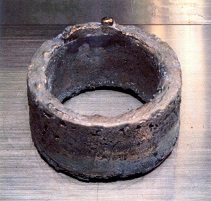Caught in the Leadership Paradox: Insight from Admiral Rickover
Recent scandals at the U.S. Department of Veterans Affairs (VA) and General Motors (GM) have struck a chord with the media and the American people because they represent the worst in bureaucracies-where the lives of individuals seem to get lost in the bureaucratic woods. In the case of the VA, lying about wait times blocked pathways for care and potentially resulted in the early deaths of some veterans. In the case of GM, the bureaucracy put horse blinders on its employees so that they couldn't recognize the safety significance of ignition switch problems linked to at least 13 deaths.


 The 215th edition of the Carnival of Nuclear Bloggers and Authors has been posted at The Hiroshima Syndrome.
The 215th edition of the Carnival of Nuclear Bloggers and Authors has been posted at The Hiroshima Syndrome. 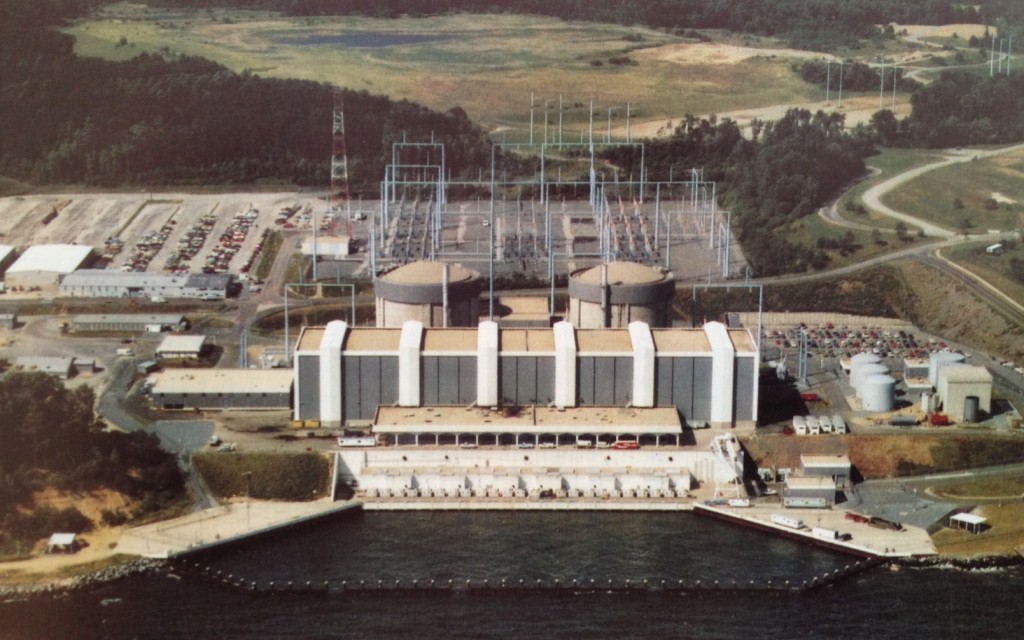
 In February, the U.S. Department of Energy
In February, the U.S. Department of Energy 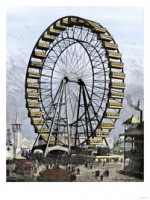
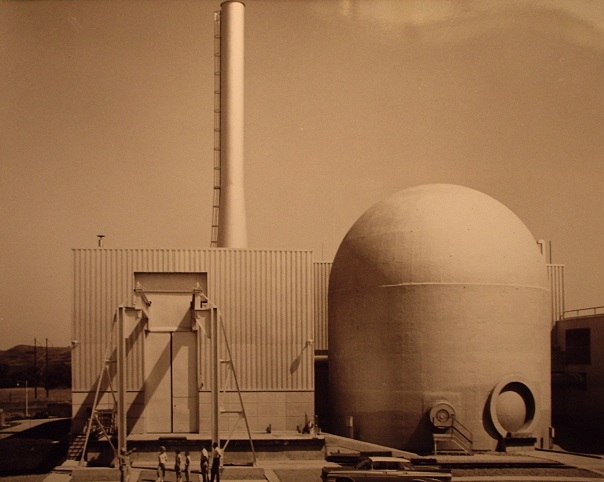
 There is a lot going on in nuclear energy lately-and a correspondingly sizable haul of contributions by the internet's nuclear bloggers this week,
There is a lot going on in nuclear energy lately-and a correspondingly sizable haul of contributions by the internet's nuclear bloggers this week, 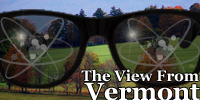 Our Sierra Club local chapter recently sponsored a joint presentation-by two local anti-nuclear groups. A small audience of attendees heard of the horrors that citizens might expect during Vermont Yankee's upcoming decommissioning. The presenters claimed that their participation in decommissioning will be needed to insure that all goes well because Entergy, and the US Nuclear Regulatory Commission, can't be trusted. Included as usual was a litany of things about to go wrong-all caused by nuclear power!
Our Sierra Club local chapter recently sponsored a joint presentation-by two local anti-nuclear groups. A small audience of attendees heard of the horrors that citizens might expect during Vermont Yankee's upcoming decommissioning. The presenters claimed that their participation in decommissioning will be needed to insure that all goes well because Entergy, and the US Nuclear Regulatory Commission, can't be trusted. Included as usual was a litany of things about to go wrong-all caused by nuclear power!